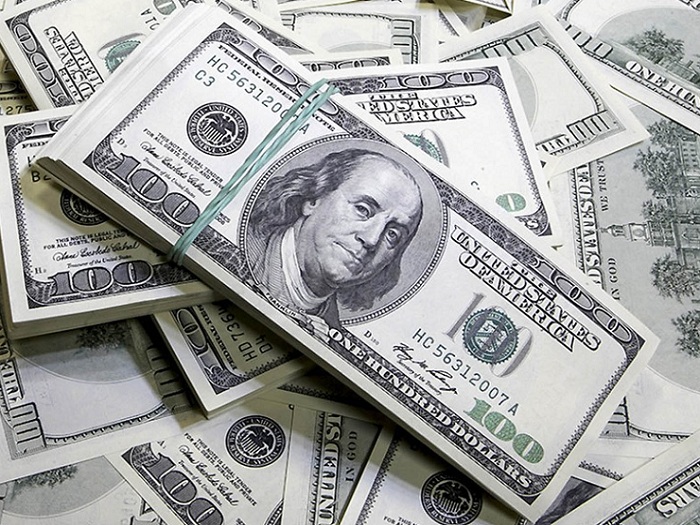Detailed policy details of foreign exchange supply of production units

In the current situation, the management of foreign exchange needs has been designed by the Central Bank in such a way that the currency required for the supply of raw materials for production is provided from non-oil exports.
According to the International Exhibition of Iranian Stone, the decline in oil sales in the shadow of oppressive sanctions on the one hand and the decline in global demand for black gold on the other hand have caused the Iranian economy to generally rely on foreign exchange earnings from oil sales this year. And pave the way for Iran's economy to be run by non-oil dollars.
Of course, last year this was done as a pilot in the Iranian economy, so that from the second half of last year, the country's foreign exchange policies went in the direction that non-oil dollars are the main supplier of the country's foreign exchange needs and only the burden of providing foreign exchange for basic goods. Be in charge of the central bank; According to estimates, last year the central bank allocated $ 10 billion to $ 12 billion in foreign exchange to import basic goods, and most of the foreign exchange needed to import raw materials, parts and industrial equipment came from foreign exchange from non-oil exports. Was.
In fact, by forcing exporters to return the currency from exports and using methods such as tying the knot of foreign exchange to return VAT and similar incentives, the central bank tried to provide a way to obtain the currency from exports. That each exporter could return the currency from his export to the country's economic cycle in four combined ways; Some of the resources from the export of non-oil goods can be returned in the form of banknotes, others in the form of providing currency in the Nima system or importing against their exports or handing over export licenses, etc., to the country's economic cycle. The currency set by the central bank and policymakers could benefit from this currency.
This year, however, the situation has changed and now the central bank has decided to focus on providing the currency needed for basic goods, and the raw materials and equipment needed for production from foreign exchange sectors such as the mining industry and the export of some traditional goods from Provide pistachio, nuts and carpet.
Based on this, it seems that the central bank's foreign exchange policy, if implemented properly, can end the complex foreign exchange bureaucracy of the Nima system to a large extent, leaving the exporter and importer with less complexity and, of course, under the supervision of foreign exchange policymakers.










